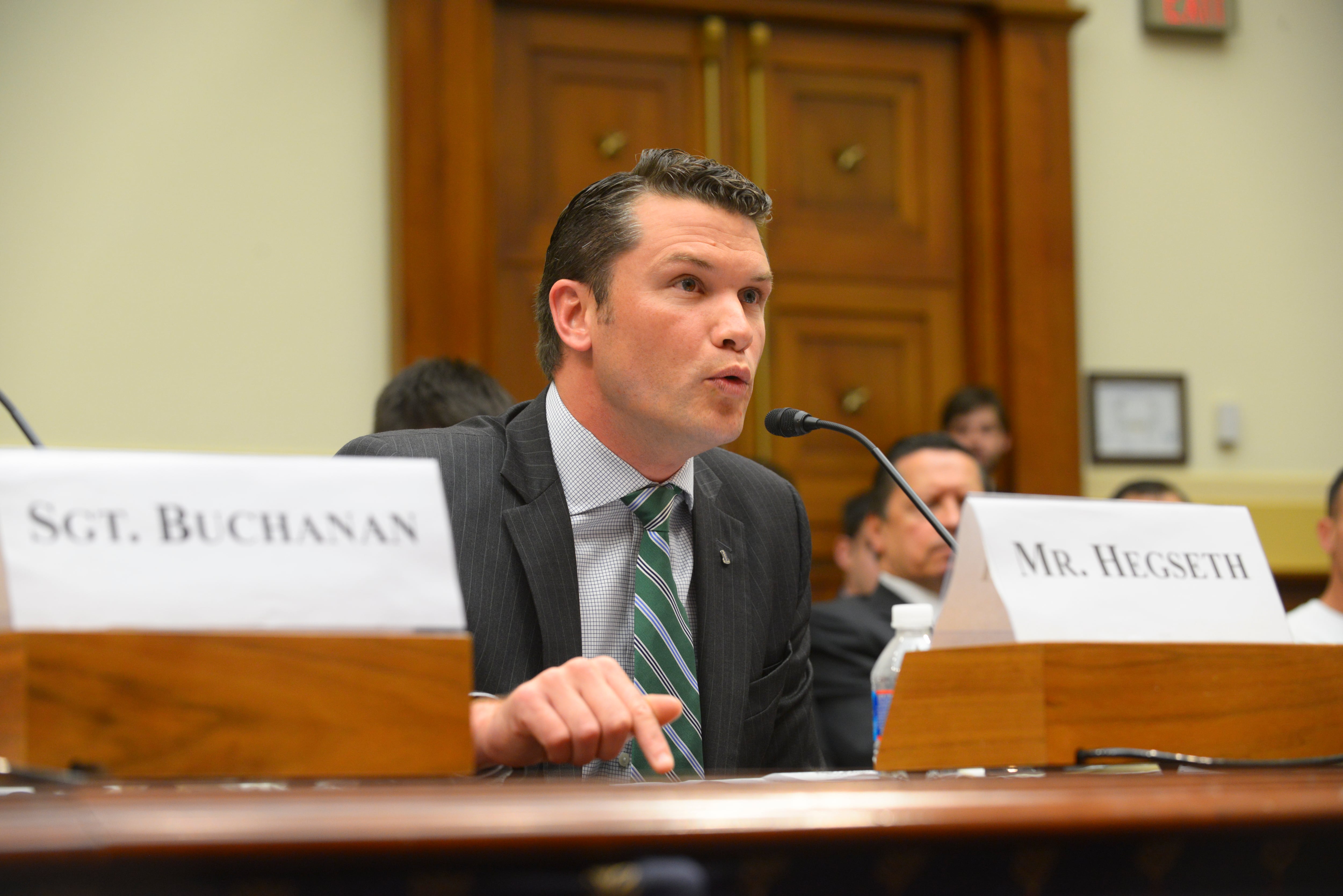If the military’s initial reaction is to view the current accessions problem as a recruiting issue then it is already failing. This is an industrial model and car dealership mentality, admitting that the military is fixated on numbers and only caring about getting people “through the door.” This is a perception problem and the military’s inability to perceive itself. Lack of desire to serve may seem to be a national issue beyond the military’s span of control, but by failing to look internally at ways to address this perception, the military will ultimately lose control of the narrative.
Federal service should be viewed in the same lens as the “care” in medical care — not a one-instance statistic but a lifetime personal decision with second and third order effects. The goal of recruitment is not to “bribe” someone to sign a contract. Instead, the goal is to convince them that federal service is a worthy endeavor. By doing this, you obtain the best recruits of all backgrounds and capabilities and not just ones that meet minimums. The military should take the facts of trickling accessions and interpret it as a survey, not unlike one recently released by the Military Family Advisory Network — fewer people are valuing military service.
To turn the tide on low recruitment numbers, the military must understand this perception issue and focus its remaining resources on patching problems and countering negative messaging.
A litmus test of this solution would be this scenario: would you bring a prospective recruit to a Transition Assistance Program, or TAP, counseling session — a counseling session for service members leaving the service?
This may seem counterintuitive, but if you are trying to convince someone new to military service to join then there is no better venue to learn about all the known and tangential benefits for federal service in one sitting. But the counter argument is the counseling also shows the administrative and real obstacles for military veterans to obtain services, care and treatment. Yes, there are many benefits, but there are many more obstacles to obtaining them. This scenario allows the military to view itself and understand it should focus resources to “fix the service” and make volunteering a desirable goal.
Military care is among the top reasons why people will not serve. Everyone has seen the recruiting pitch videos, people jumping out of airplanes, or know people who have done amazing things in the military. At the same time, everyone also knows that getting treated for service-connected injuries is a liability. Everything from narratives of veterans waiting for treatment at Veterans Affairs clinics to public statements by members of Congress paint a negative image of expectations to come. The military will perpetually fight against the idea that “the military will send you into harm’s way, but do the bare minimum to address your medical needs.”
To see how complicated obtaining care is, look back at the Transition Assistance Program. Understanding the process and requirements to receive treatment has its own dedicated module of training (approximately 8 hours). Obtaining health care and navigating military benefits should not be “insider baseball.” It is difficult to address all the nuances of federal and state law as every person’s case is a special case. The benefits are known and established in law, but often getting the right benefit means being able to talk to the right person or learning from someone in a similar situation. Holistic Health and Fitness, a new Army program implemented in 2020, may be an area to highlight how the military is tackling this problem within the service for approaching long term individualized care.
In short, the military must stop viewing low accessions as a temporary issue or a recruiting issue. This is a deeply rooted perception and civilian-military issue, but in this discourse the military is not an unbiased stakeholder. The military must get out of its bubble, be willing to perceive itself as the public perceives the military and be willing and ready to tackle the “elephants in the room.” Otherwise, recruitment will not improve, which will inevitably drive decisions by Congress to remedy recruiting on behalf of the military. The military bears the responsibility to soberly evaluate what it does and make the recommendations to maintain its force through all phases — recruitment, accessions, training, retention and transition.
Not every recruiter wears a badge or works in a military recruiting depot: effective recruiting also takes the form of testimonials of veterans who have already left the service and who share with others their experiences — good and bad. Diminishing accessions may be a national issue but by failing to look internally, the military opens the door for civilian leadership to find a solution on the military’s behalf and at its expense.
Capt. Ronald R. Medina, Jr., is an active duty Army officer stationed at Fort Benning, Georgia. He is a 2011 West Point graduate and an Afghanistan War veteran. Currently, he is a transitioning service member and actively participating in the Transition Assistance Program.
Have an opinion?
This article is an Op-Ed and as such, the opinions expressed are those of the authors. If you would like to respond, or have an editorial of your own you would like to submit, please email us.
Want more perspectives like this sent straight to you? Subscribe to get our Commentary & Opinion newsletter once a week.










